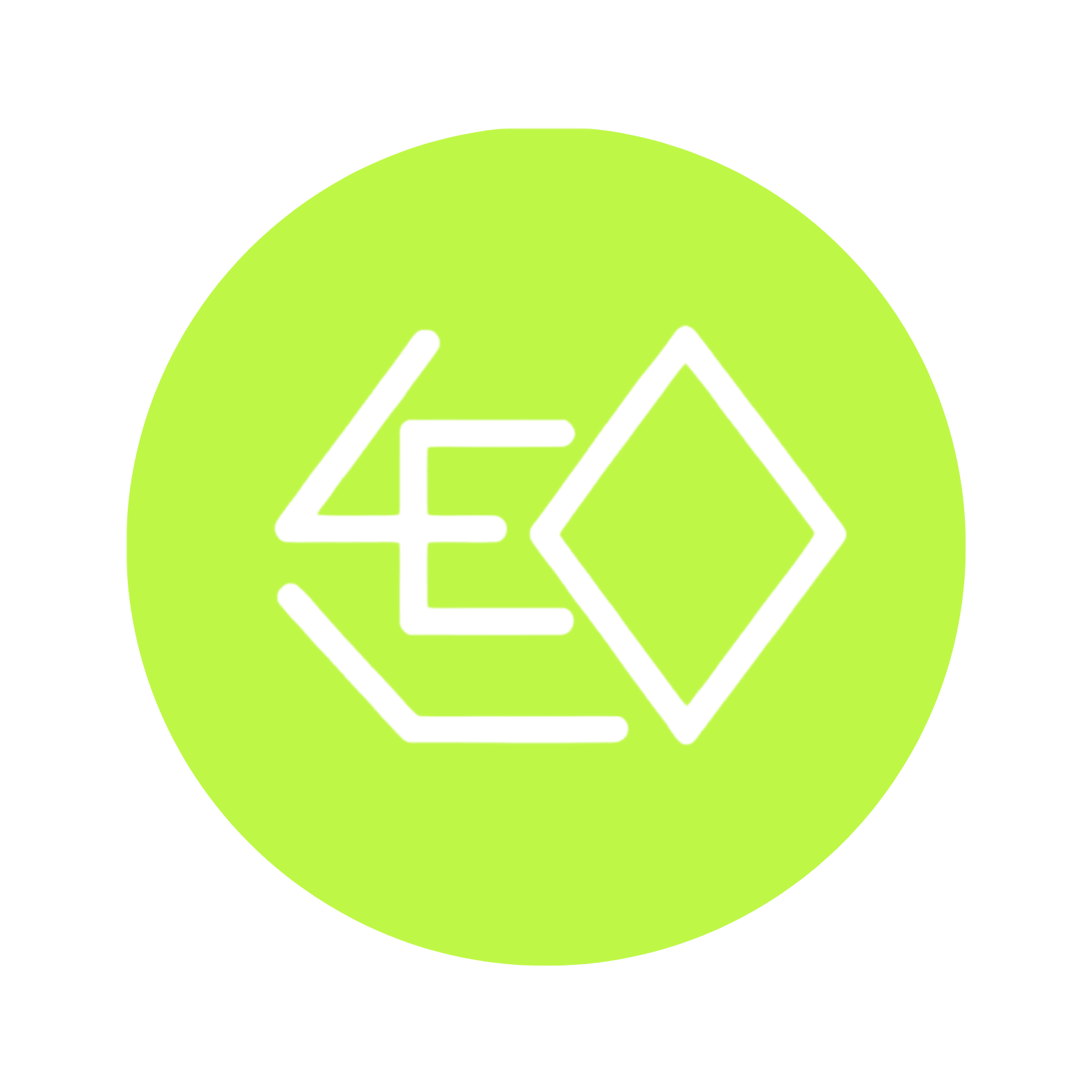IYour website should be more than a digital placeholder. It should be a key driver of business growth. Whether your goal is to generate leads, build brand awareness, or boost eCommerce sales, aligning your website with your business objectives ensures every visitor interaction brings you closer to your targets.
In this guide, we’ll explore a step-by-step approach to turning your website into a high-performing business tool.
Define Clear Business Objectives
Start by outlining what success looks like for your business.
Examples of common website goals:
- Drive qualified leads
- Increase online sales
- Grow email subscribers
- Provide customer support
Tip: Use SMART goals (Specific, Measurable, Achievable, Relevant, Time-bound) to set a clear direction.
Understand Your Target Audience
Your website must serve the people you want to reach. Develop user personas based on:
- Demographics
- Online behaviour
- Pain points and motivations
- Preferred content formats
Tool to use: Google Analytics 4 + CRM data
Map Business Goals to Website Features
Translate goals into design and functionality decisions.
Example mappings:
- Lead Generation → Clear CTAs, contact forms, lead magnets
- Sales → Optimised product pages, fast checkout, upsell modules
- Support → Live chat, FAQ section, knowledge base
- Branding → Consistent messaging, tone of voice, and visual identity
Optimise User Experience (UX)
A seamless UX supports your goals by keeping users engaged and reducing friction.
Key tactics:
- Simplify navigation
- Improve mobile responsiveness
- Minimise loading times
- Use trust signals (e.g. testimonials, security badges)
See also: UX Optimisation Tips for Marketers
Track and Measure Performance
To improve alignment over time, you need reliable data.
Tools to use:
- Google Analytics for user behaviour
- Google Tag Manager for tracking interactions
- Hotjar for heatmaps and user feedback
KPIs to track:
- Conversion rate
- Bounce rate
- Time on page
- Goal completions
Continuously Test and Iterate
Alignment isn’t a one-off task. Regularly test different elements to improve results.
What to test:
- CTA placement and language
- Homepage layouts
- Lead forms vs. chatbots
- Blog content strategy
Use A/B testing tools like: Google Optimize, VWO, or Optimizely.
What This Means for You
Aligning your website with your business goals will help you:
- Improve marketing ROI
- Build stronger customer relationships
- Increase your website’s contribution to revenue
The clearer the goal, the more effective your site will be in achieving it.


